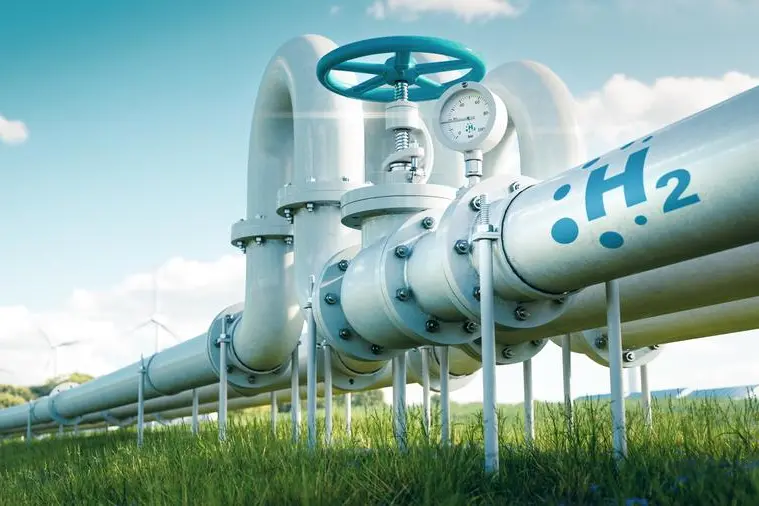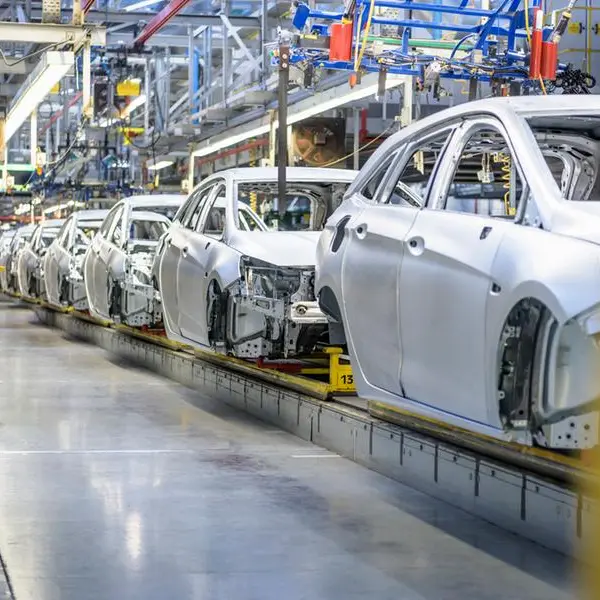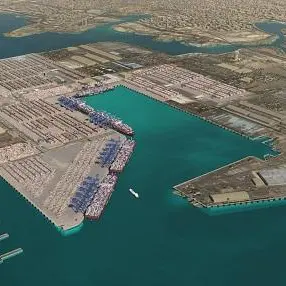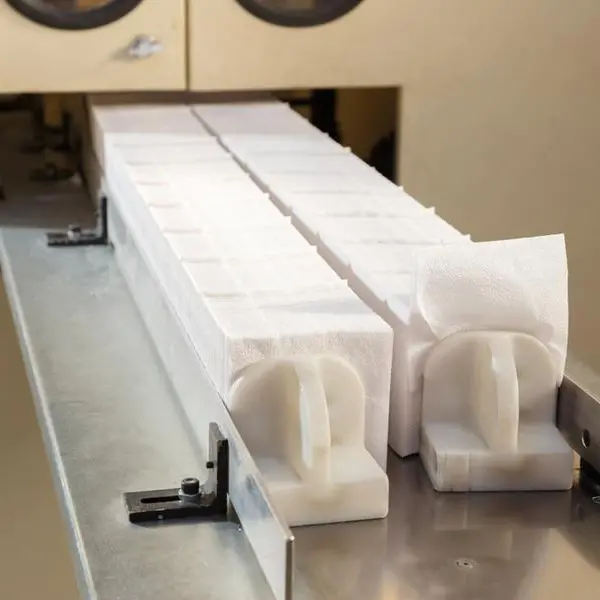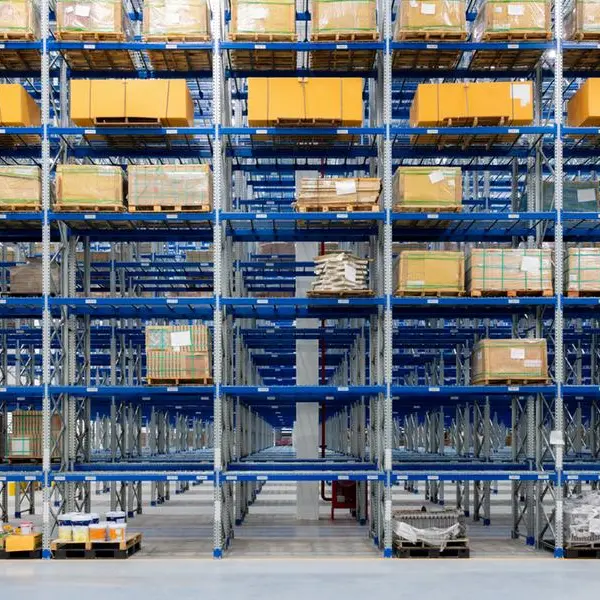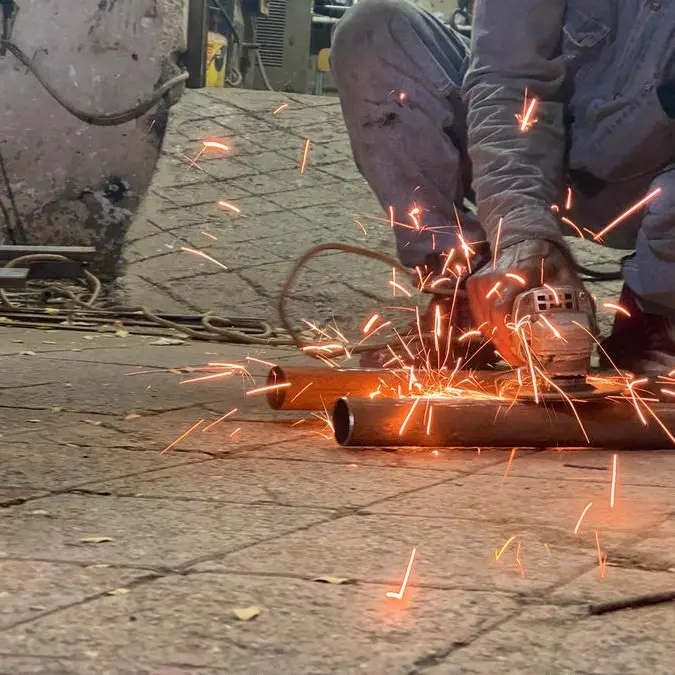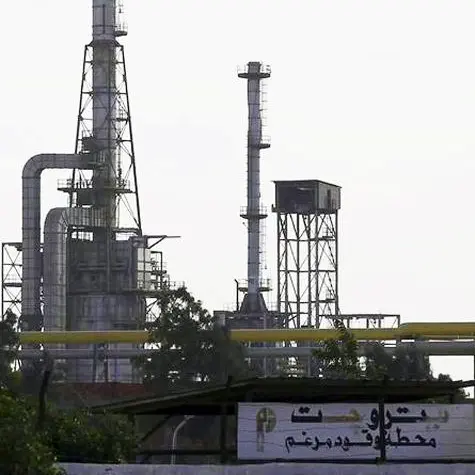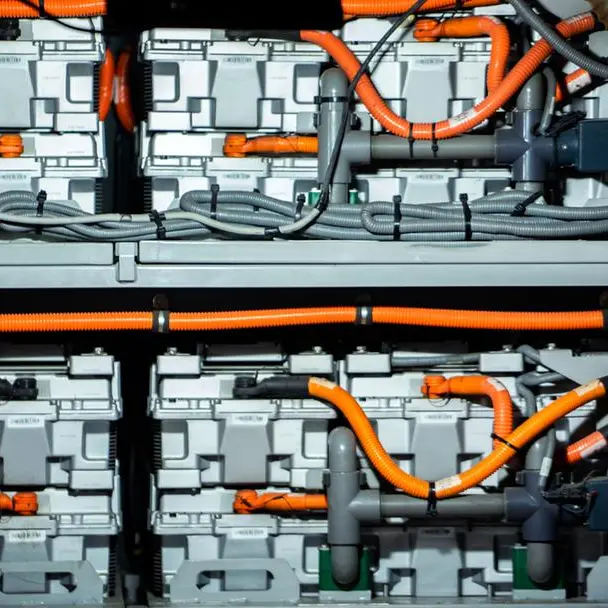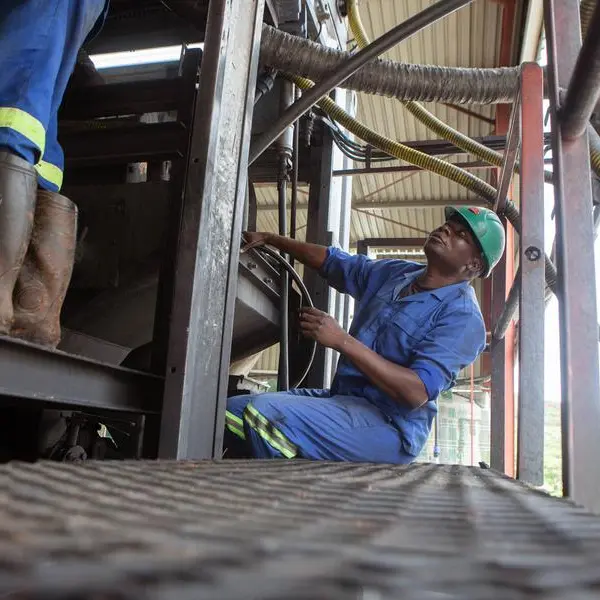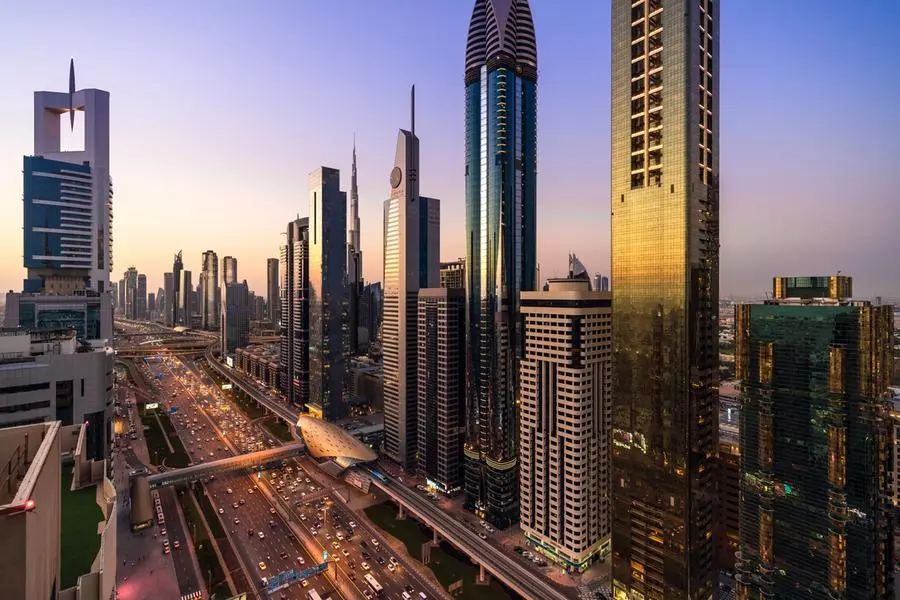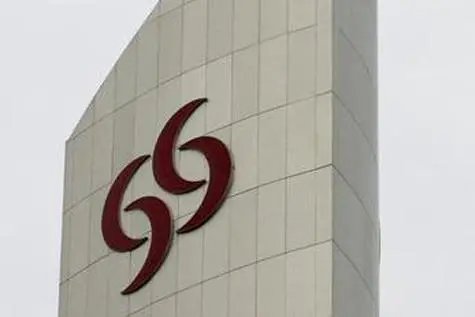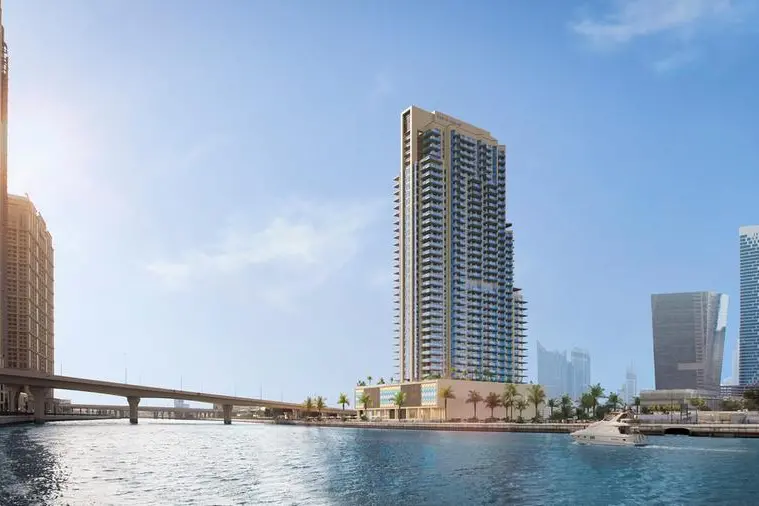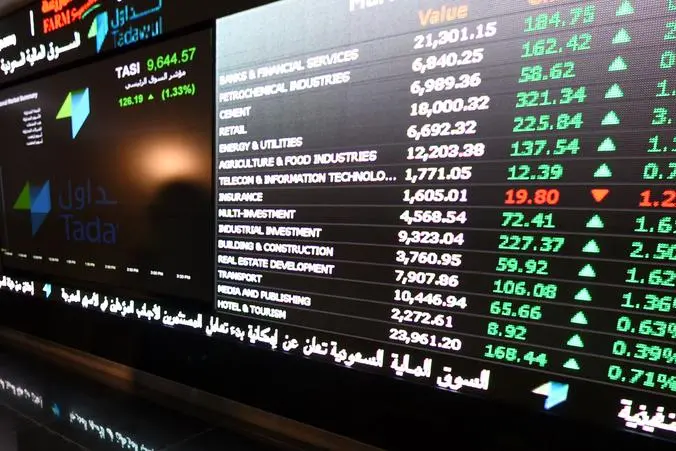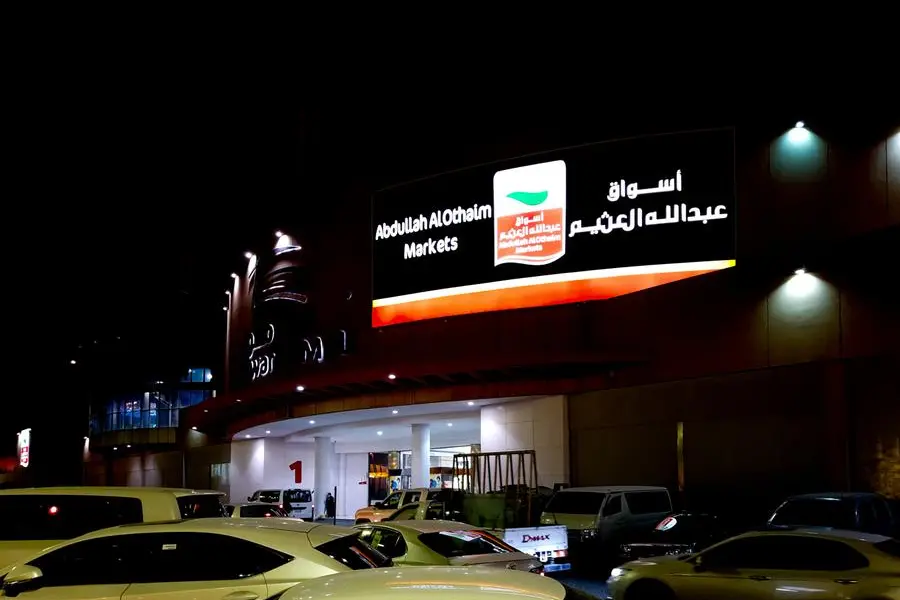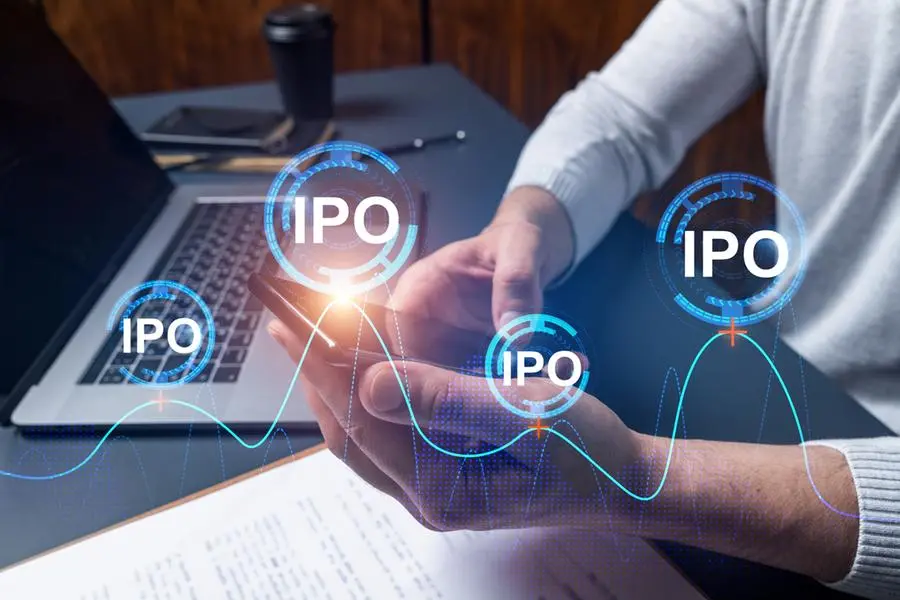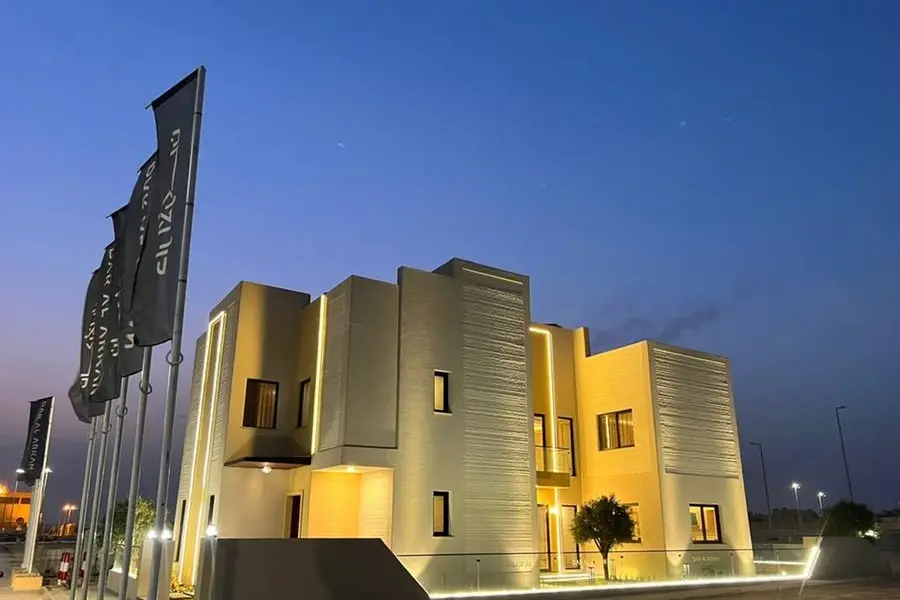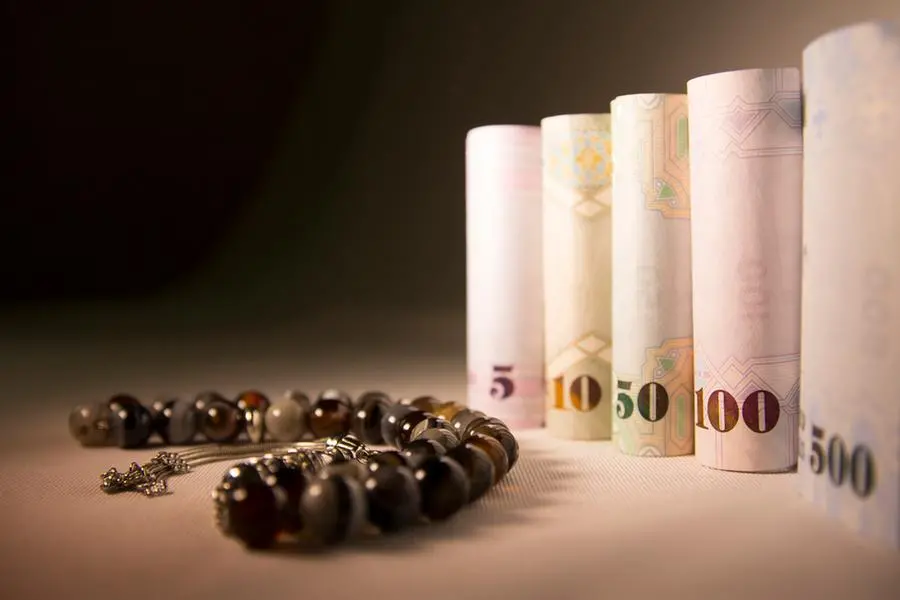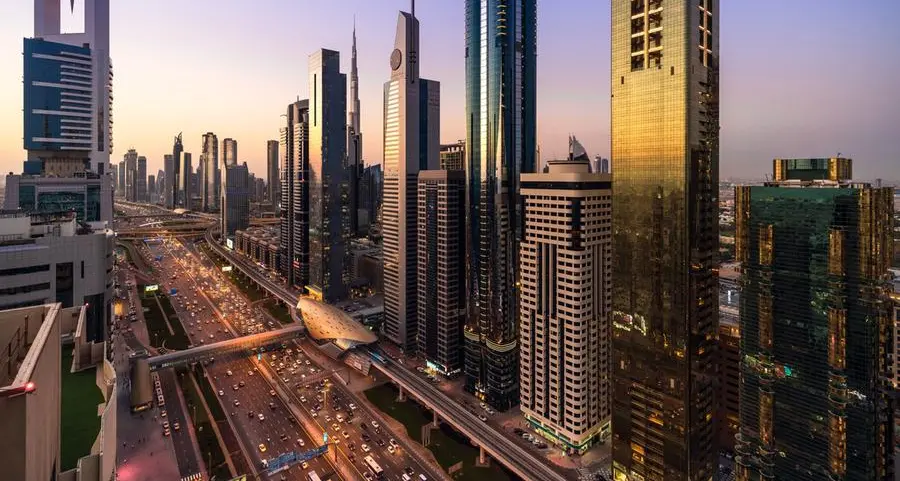PHOTO
A hydrogen pipeline illustrating the transformation of the energy sector towards to ecology, carbon neutral, secure and independent energy sources to replace natural gas. 3d rendering
High transportation costs could make local production of green hydrogen from renewable resources more economically feasible compared to imports from regions with abundant low-cost renewable electricity, according to a study.
LUT University, a Finnish public research institution, studied the feasibility of importing e-hydrogen from Morocco and Chile, two regions with a high availability of low-cost renewable electricity, to Germany and Finland from now to 2050.
The research (Impact of international transportation chains on cost of green e-hydrogen: Global cost of hydrogen and consequences for Germany and Finland) found that that despite lower e-hydrogen production costs in Morocco and Chile compared to Germany and Finland, additional transport costs make imports of e-hydrogen economically unattractive across all scenarios and years.
The LUT University team assumed two options for transporting hydrogen, in a liquid state via shipping and in a compressed state via newly built transmission pipelines. Transportation costs constitute 29 percent to 63 percent of the total imported e-hydrogen cost, the research found.
It noted that in the early 2020s, imported costs are 39-79 percent higher in Germany and 34-100 percent higher in Finland compared to locally produced e-hydrogen. In 2050, imported e-hydrogen from Morocco and Chile is projected to be 39-70 percent in Germany, and 43-54 percent more expensive in Finland respectively despite significantly lower production costs in the case countries due to high costs of pipelines and sea shipping value chain.
The research also found that pipelines are more economically viable for distances up to 2,400 km with shipping feasible for distances beyond that.
The transport of e-fuels as e-ammonia, e-methanol or e-kerosene obtained by converting e-hydrogen is more feasible as they are easy to store and transport at less cost.
The research can be accessed here.
(Writing by P Deol; Editing by Anoop Menon)
